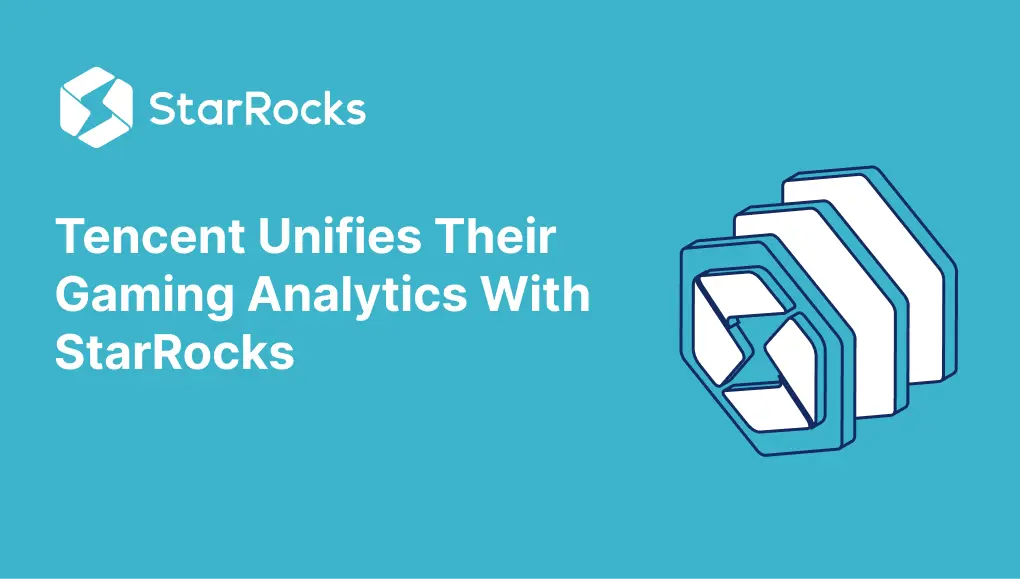
Why Users Are Migrating From Apache Druid To StarRocks

Not ANSI SQL Compatible

No Joined Table Support

No Real-Time Updates

Dated Architecture
StarRocks vs. Apache Druid
8.9x
4.05x
GREATER PERFORMANCE IN WIDE-TABLE SCENARIOS WITH BITMAP INDEX
3x+
GREATER PERFORMANCE COMPARED TO OTHER LEADING SOLUTIONS
Keep Using The Tools And Languages You Love
Why More Druid Users Are Switching To StarRocks

Free Yourself From Denormalized Tables

Embrace Mutable Data

Scale Analytics With Ease

Simplify Operations
Compare Apache Druid to StarRocks
|
Comparison
|
|
|
|
Architecture |
||
|
SQL syntax support |
|
|
|
High-cardinality aggregation performance |
|
|
|
3rd party dependencies |
|
|
|
Real-time updates |
|
|
|
Distributed joins |
|
|
|
Data lake query support |
|
|
|
Support for federated queries |
|
|
Featured success stories

Talk to an engineer

-1.png)

